Moroccan pastry represents centuries of culinary artistry passed lovingly through generations. Furthermore, these traditional sweets embody Morocco’s rich cultural heritage and celebration spirit. Moreover, from honey-drenched chebakia to delicate ghriba cookies, each Moroccan pastry tells its own story. Therefore, understanding these beloved treats connects you to authentic Moroccan traditions and flavors. Additionally, whether enjoyed with mint tea or during Ramadan, these sweet creations bring people together. Indeed, Moroccan pastry-making remains an art form requiring patience, quality ingredients, and genuine love. Consequently, this friendly guide introduces you to Morocco’s most cherished sweet treasures.
What Makes Moroccan Pastry So Special?
Moroccan pastry stands apart through its masterful blend of aromatic spices and premium ingredients. First, high-quality almonds, natural honey, and fragrant spices define authentic Moroccan sweets. Additionally, orange blossom water, toasted sesame, and real saffron threads create distinctive flavors.
Moreover, traditional Moroccan pastry recipes are often closely guarded family secrets passed between generations. Furthermore, the making of sweets in cities like Fez remains an art form requiring precision and patience. For instance, preparing chebakia becomes a family event where everyone gathers for a full day.
Meanwhile, these sweet treats appear at every significant celebration from weddings to births. Consequently, Moroccan pastry represents far more than dessert—it symbolizes hospitality, tradition, and celebration. Thus, understanding these sweets means understanding Morocco’s heart and soul.
Chebakia – The Queen of Ramadan Sweets
Chebakia, also known as griwech or griouech, is a Maghrebi sweet pastry made of strips of dough rolled to resemble a rose, deep-fried until golden, then coated with honey and orange blossom syrup and sprinkled with sesame. First, the flower-shaped design symbolizes respect and love during Ramadan.
Additionally, chebakia is traditionally served alongside harira soup when breaking the Ramadan fast. Moreover, the dough contains toasted sesame seeds, ground almonds, anise, cinnamon, and saffron. Furthermore, the pastry dough resembles pasta dough and requires careful kneading and shaping.
Meanwhile, chebakia also pairs beautifully with Moroccan mint tea during winter afternoons or after meals. Consequently, these sticky-sweet cookies have become Morocco’s most iconic traditional pastry. Thus, no Ramadan table feels complete without golden chebakia glistening with honey.

Ghriba – Morocco’s Beloved Cookies
Ghriba are delicate, crumbly cookies that come in various flavors and textures, characterized by their cracked surface and tender interior. First, almond ghriba remains the most popular variety made with ground almonds, sugar, and eggs. Additionally, coconut, sesame, and peanut versions offer delightful alternatives.
Moreover, ghriba’s name comes from the Arabic word meaning “strange” or “foreign” due to its unique cracked appearance. Furthermore, these cookies contain no flour, butter, or leavening agents traditionally. For instance, the signature cracks form naturally during baking from egg whites.
Meanwhile, ghriba cookies are perfect companions to cups of Moroccan mint tea year-round. Consequently, every Moroccan household has their own cherished ghriba recipe. Thus, these simple yet sophisticated cookies represent everyday Moroccan pastry traditions beautifully.
Real Stories from Moroccan Kitchens
Fatima Bennani, Home Baker, Fez
“My grandmother taught me making chebakia when I was twelve years old. Every Ramadan, our entire family gathers in her kitchen for the annual chebakia day. We laugh, share stories, and shape hundreds of these beautiful cookies together.
The process takes hours but creates precious memories alongside delicious Moroccan pastry. My hands learned the flower-folding technique by watching hers countless times. Additionally, she taught me that patience and love are the secret ingredients.
Now I teach my own daughters these same traditions every year. Furthermore, our homemade chebakia tastes infinitely better than store-bought because of the care involved. The honey we use comes from my uncle’s mountain hives. Indeed, these family recipes connect us to generations past while creating future memories.”
Zero Waste Swaps: Morocco Home Guide 2025
Zero waste living revolutionizes how Moroccan households approach daily consumption. Moreover, embracing sustainable practices doesn't demand overwhelming lifestyle changes. Indeed,...
School Break Policy: Morocco’s New Rule 2025
Morocco's Ministry of Education has introduced a new school break policy affecting students nationwide. Furthermore, the directive requires students to...
Fall Produce: 12 Healthy Fruits and Veggies
As the Moroccan summer heat fades and autumn arrives, local souks burst with seasonal abundance. Fall brings a spectacular harvest...
Surf, Sand and Soul: The New Moroccan Beach Lifestyle
Morocco’s coastline is undergoing a vibrant transformation. Once celebrated mainly for its imperial cities and deserts, the country’s Atlantic and...
Kaab el Ghazal – Gazelle’s Ankles
Kaab el Ghazal, or Gazelle Horns, are crescent-shaped pastries filled with almond paste and flavored with orange blossom water. First, these delicate sweets earned their name from their elegant horn-like shape. Additionally, the almond filling is subtly sweet and wonderfully fragrant.
Moreover, making kaab el ghazal requires skillful pastry work wrapping thin dough around almond paste. Furthermore, the pastry shell provides delightful textural contrast to the smooth filling. For instance, the best ones feature paper-thin outer layers that melt in your mouth.
Meanwhile, these crescent cookies appear at weddings, celebrations, and special tea gatherings throughout Morocco. Consequently, kaab el ghazal represents refined Moroccan pastry craftsmanship at its finest. Thus, serving these to guests demonstrates both hospitality and culinary sophistication.
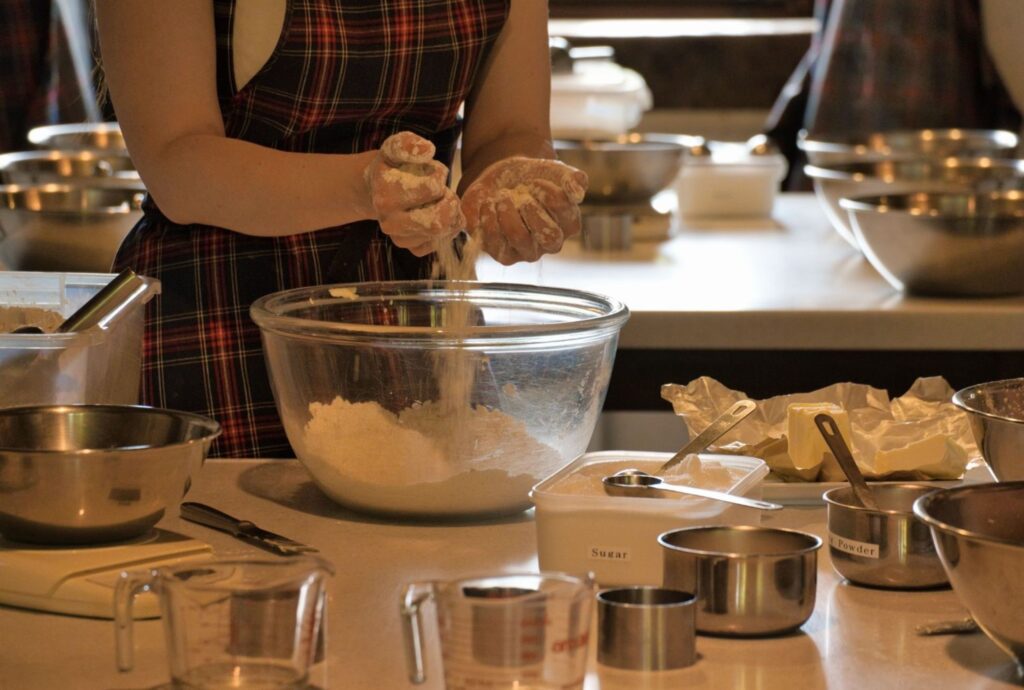
Briouats and Other Sweet Treasures
Briouats are small, triangular pastries made from filo dough filled with almond paste or nut mixtures. First, sweet briouats are fried until golden and often drizzled with honey afterward. Additionally, their crispy layers contrast beautifully with soft, spiced almond fillings.
Moreover, sfinge are Moroccan donuts that are fluffy, crisp, and absolutely addictive when fresh. Furthermore, sellou is an unbaked dessert with grainy texture, popular during Ramadan and given to new mothers. For example, sellou contains browned flour, sesame, almonds, sugar, and warming spices.
Meanwhile, each region across Morocco boasts unique Moroccan pastry specialties beyond these classics. Consequently, exploring local bakeries and market stalls reveals endless sweet discoveries. Thus, Moroccan pastry traditions offer lifelong delicious learning adventures.
Conclusion: Embracing Morocco’s Sweet Heritage
Moroccan pastry traditions represent edible cultural treasures worth celebrating and preserving. These traditional sweets connect us to centuries of culinary wisdom and family bonds. Moreover, from honey-soaked chebakia to delicate ghriba cookies, each treat carries its own story.
Learning about Moroccan pastry means understanding the love, patience, and quality ingredients behind every bite. Additionally, whether enjoyed during Ramadan or everyday tea time, these sweets bring people together. Therefore, seeking authentic versions from skilled bakers or trying recipes yourself honors these traditions.
Furthermore, every cookie and pastry represents generations of women perfecting techniques and flavors. Indeed, Moroccan pastry-making remains alive through continued practice and sharing. Visit your local Moroccan bakery, try making ghriba at home, or simply savor these treats with newfound appreciation.
Ready to taste authentic Moroccan pastry? Visit traditional bakeries in your city’s Moroccan neighborhood, or explore recipes online to create these sweet treasures in your own kitchen!


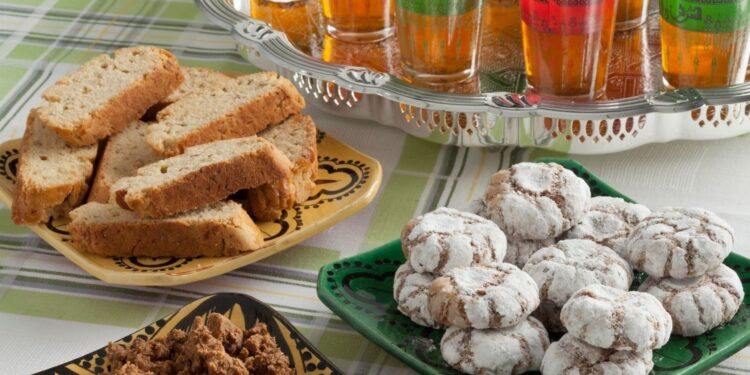


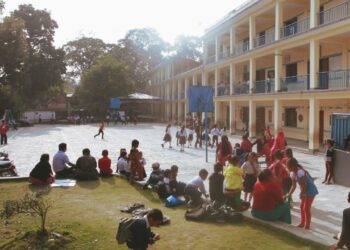
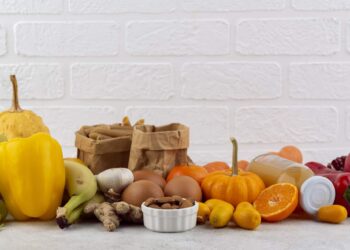



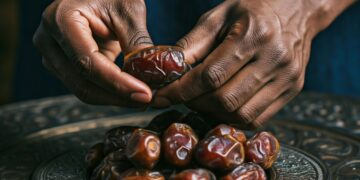
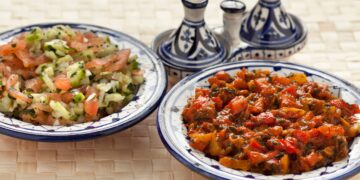
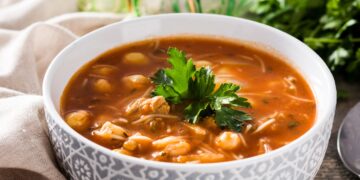



Discussion about this post